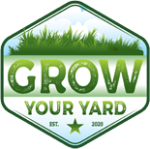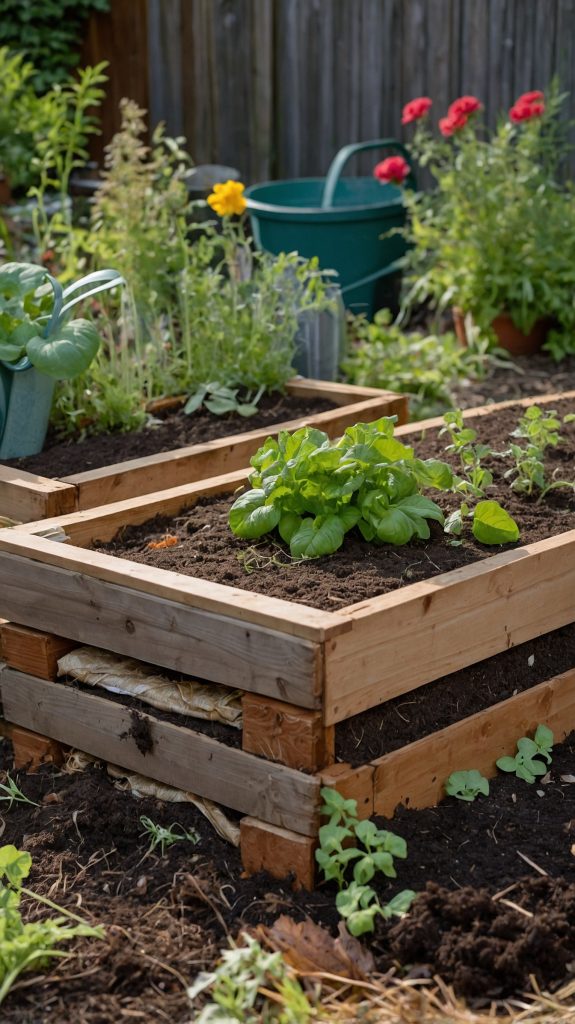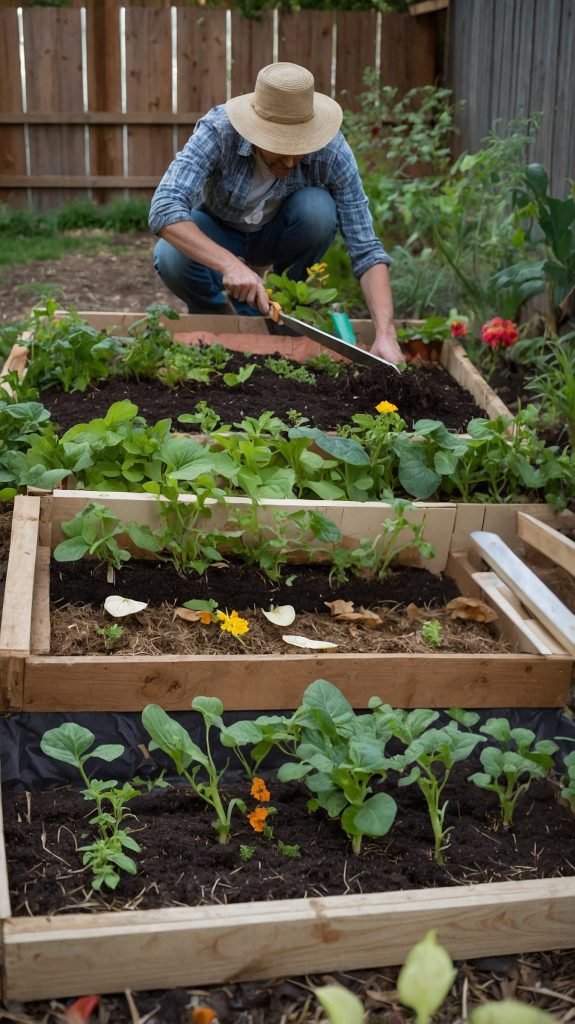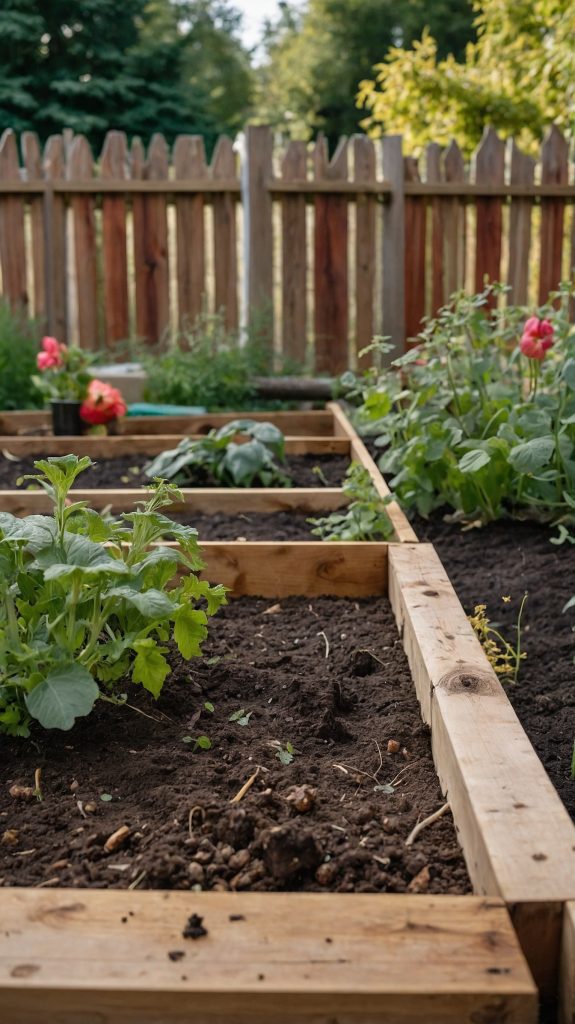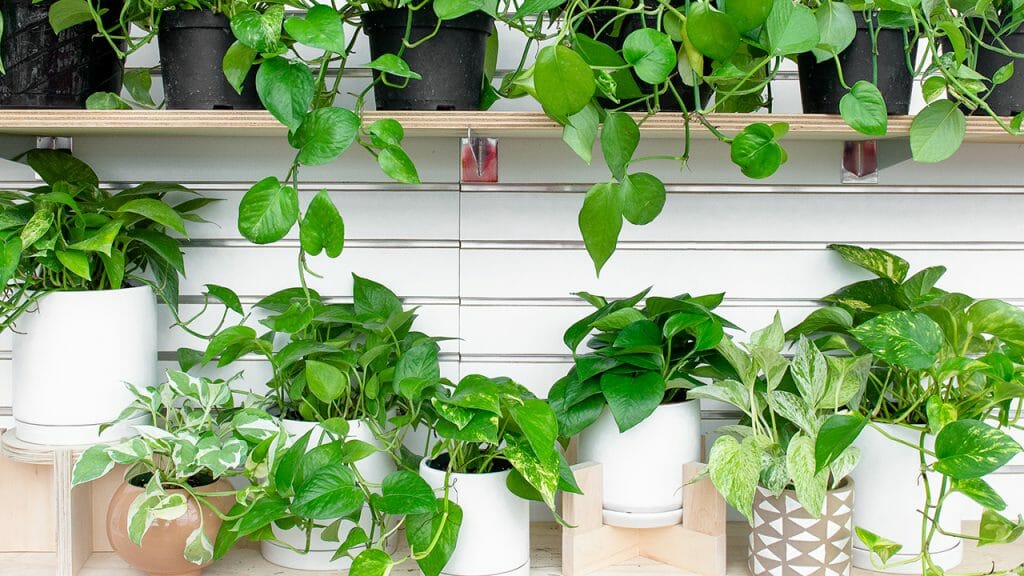Setting up a raised garden bed can be an exciting project, but it can also become expensive quickly. Many gardeners want to know how to fill their beds without shelling out a lot of cash. Using free or low-cost materials can help create a thriving garden without breaking the bank.
There are plenty of clever and budget-friendly methods for filling those empty spaces. From using organic waste to exploring local materials, anyone can achieve a rich soil mix by being creative. The right approach can lead to a successful and affordable gardening experience.
This guide will explore various options that not only cut costs but also support healthy plant growth. With a little effort and smart planning, anyone can create a productive garden bed that thrives without overspending.
Understanding the Basics of Raised Bed Gardening
Raised bed gardening offers an effective way to grow plants while providing several benefits. Knowing how to design and fill these beds can lead to successful gardening. Below are some key concepts to consider.
Benefits of Raised Beds
Raised garden beds come with many advantages. They improve drainage, which is helpful for many plants. This setup helps prevent waterlogging, leading to healthier roots.
Another benefit is better soil control. Gardeners can customize the soil mix to include rich, nutrient-dense options. This allows plants to thrive, especially if the native soil quality is poor.
Raised beds also reduce weeds and pests. Because they are elevated, weeds have a harder time taking root. Additionally, plants in raised beds are easier to access, making maintenance simpler.
Lastly, gardening becomes more enjoyable with raised beds. They can be built at a comfortable height, reducing strain on the back and knees. This makes gardening accessible for people of all ages.
Ideal Dimensions for Raised Beds
The dimensions of raised beds can vary, but certain sizes work best for most gardeners. A common width is 4 feet. This allows easy access from both sides without stepping into the bed.
The length usually ranges from 4 to 8 feet, providing ample space for multiple plants. As for height, 12 to 24 inches is standard. Taller beds offer better drainage and are easier on the back.
Here’s a quick reference table:
| Dimension | Recommended Size |
|---|---|
| Width | 4 feet |
| Length | 4 to 8 feet |
| Height | 12 to 24 inches |
These dimensions help optimize growth and make gardening enjoyable. It’s important to choose a size that fits the specific garden space and goals.
Materials and Tools Selection
Selecting the right materials and tools can help create a successful raised garden bed without spending too much. It’s essential to choose affordable options and gather the right tools for the job.
Choosing Affordable Materials
When filling a raised bed, many budget-friendly materials can be used. Here are some options to consider:
- Soil Alternatives: Use compost, leaf mold, or garden soil. These are organic and can improve soil quality.
- Mulch: Materials like straw or grass clippings hold moisture and prevent weeds. They are often available for free or at a low cost.
- Rice Hulls: If available, they can reduce costs. Rice hulls provide good drainage and improve the structure of the soil.
- Wood and Briquettes: When building the frame, recycled wood or pallets can cut down on expenses.
Each of these materials offers benefits, making them ideal for a budget-conscious gardener.
Tools You’ll Need
To fill a raised garden bed, a few simple tools are essential. Here’s a list of what is needed:
- Shovel or Spade: For digging and turning the soil.
- Rake: Useful for smoothing out the soil surface.
- Wheelbarrow: Helps transport soil and materials easily.
- Garden Fork: Assists in breaking up compacted soil.
Purchasing high-quality tools can save time and effort. Investing in a few key items will make the gardening process more efficient and enjoyable. Consider borrowing tools from friends or neighbors to reduce costs.
Filling Your Raised Bed Economically
Filling a raised bed doesn’t have to be expensive. There are several strategies that can help gardeners save money while creating a healthy growing environment.
Layering Techniques
Layering is an effective way to fill a raised bed without overspending. The idea is to create different layers using various materials, which also helps with drainage and soil health.
- Bottom Layer: Start with bulky items like sticks, branches, or straw. These items will decompose over time, adding nutrients to the soil.
- Middle Layer: Next, add organic matter such as kitchen scraps, grass clippings, or shredded leaves. This layer helps retain moisture and adds beneficial minerals.
- Top Layer: Finish with high-quality topsoil or a good potting mix. This should be about 6-12 inches deep, providing a rich environment for plants to thrive.
By utilizing this multi-layer approach, gardeners can create a fertile bed while using less expensive materials.
Finding Free or Low-Cost Fillers
Many gardeners can find free or inexpensive fillers locally. Here are some ideas to consider:
- Yard Waste: Grass clippings, fallen leaves, and twigs are excellent fillers that might be readily available. They can be used in layers or composted first.
- Local Farms: Some farms or garden centers offer free manure or mulch. These can enrich the soil and improve drainage.
- Community Resources: Check community groups for free giveaways of organic materials. Utilizing community connections can often yield good deals.
- Recycling Centers: Some centers give away or sell compost at low prices. This can be a budget-friendly choice for filling raised beds.
By being resourceful, gardeners can find various materials that won’t strain their budget.
DIY Soil Mix Recipes
Creating a DIY soil mix can save money and ensure quality. Here’s a simple recipe to consider:
- Basic Mix:
- 1 part compost
- 1 part topsoil
- 1 part perlite or vermiculite
- Nutrient-Rich Mix:
- 2 parts compost
- 1 part coconut coir or peat moss
- 1 part well-rotted manure or worm castings
- Herb Garden Mix:
- 1 part compost
- 1 part loamy soil
- 1 part sand for improved drainage
These mixes can be adjusted based on availability and types of plants being grown. Making soil mixes at home can help control costs while ensuring healthy plants.
Long-Term Savings Tips
To maintain a budget-friendly garden, focusing on long-term savings can make a big difference. Implementing effective water conservation strategies and regular maintenance helps keep costs down while supporting healthy plant growth.
Water Conservation Strategies
Watering can be one of the biggest expenses for any garden. By using smart water conservation techniques, one can reduce this cost significantly.
- Mulching: Adding a layer of mulch helps retain moisture in the soil. It reduces evaporation and can keep the soil temperature stable. Organic options, like straw or wood chips, are effective and improve soil quality as they break down.
- Drip Irrigation: When possible, install a drip irrigation system. This directs water straight to the roots, wasting less water compared to overhead sprinklers. They can save both water and money over time.
- Rain Barrels: Collecting rainwater in barrels provides a free water source. This water can be used to keep plants hydrated, reducing reliance on tap water.
- Drought-Resistant Plants: Including native plants or drought-tolerant varieties in the garden can further reduce water needs. These plants are well-adapted to the local climate and save money on watering.
Maintenance and Upkeep
Regular maintenance can prevent larger issues, ultimately saving money and time. Simple practices can make a big impact.
- Weed Management: Weeds compete for nutrients and water. Regularly removing weeds helps plants thrive and reduces the need for extra fertilizers. Consider using a hoe or hand-pulling to keep weeds under control.
- Soil Testing: Testing the soil once a year allows for more efficient use of fertilizers and amendments. Knowing what the soil needs can prevent over-fertilizing and save money.
- Crop Rotation: Rotating crops each season can prevent soil depletion and reduce pests. It is a natural way to maintain a healthy garden without extra costs.
- Composting: Creating a simple compost pile from kitchen scraps and yard waste enriches the soil. It cuts down on the need for bought fertilizers and is a great way to recycle organic materials.
By applying these strategies, gardeners can foster a thriving environment while keeping expenses manageable.
